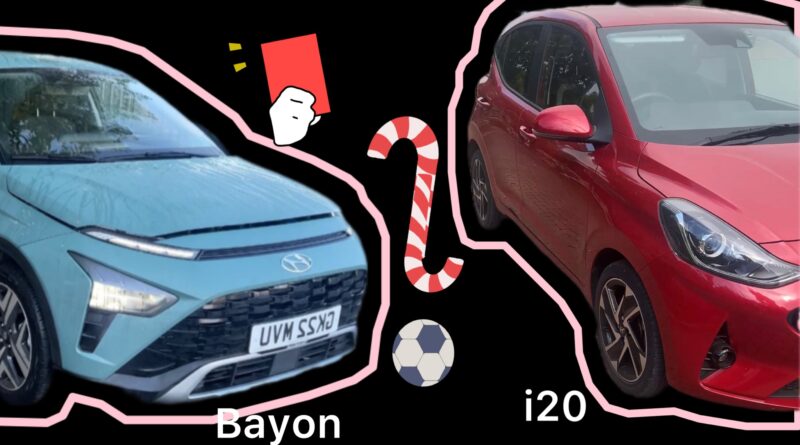Which car is better Hyundai i10 or Hyundai Bayon
When it comes to the subcompact car segment, Hyundai has long been known for producing vehicles that offer a perfect blend of style, practicality, and affordability. Two popular contenders in this category from the Hyundai stable are the Hyundai i10 and the Hyundai Bayon. In this road test comparison, we will take a closer look at these two models to determine which one comes out on top.
Design and Style: Starting with the design, both the Hyundai i10 and the Hyundai Bayon showcase Hyundai’s modern and dynamic design language. The i10 boasts a cute and compact exterior with sleek lines and a youthful charm. On the other hand, the Bayon takes a more rugged approach with its muscular body, bold grille, and prominent skid plates. While the i10 appeals to those who prefer a small and city-friendly car, the Bayon caters to those seeking a more adventurous and versatile crossover.
Performance and Handling: In terms of performance, both cars offer a range of engine options to suit different driving preferences. The Hyundai i10 comes with a choice of efficient petrol engines, delivering adequate power for urban commuting. On the other hand, the Hyundai Bayon offers a more spirited performance with its turbocharged engines, providing better acceleration and highway driving capabilities. When it comes to handling, both models offer responsive steering and a comfortable ride, making them suitable for everyday driving.
Interior and Features: Step inside, and you’ll find that both the i10 and the Bayon offer comfortable and well-designed interiors. The Hyundai i10 provides a cozy cabin with ample headroom and legroom, despite its compact size. It offers a user-friendly dashboard layout and intuitive controls. The Bayon, being slightly larger, offers a bit more interior space, along with a higher seating position that provides better visibility. Both models come equipped with modern features such as touchscreen infotainment systems, smartphone integration, and advanced safety technologies.
Practicality and Versatility: When it comes to practicality, the Hyundai Bayon takes the lead with its crossover design. It offers a more spacious cargo area, thanks to its larger dimensions and versatile rear seating configurations. The i10, while smaller, still provides decent cargo space and can comfortably accommodate passengers in its well-designed interior.
Price and Value: Affordability is often a crucial factor in the subcompact car segment, and both the Hyundai i10 and the Hyundai Bayon offer excellent value for money. The i10 tends to have a lower starting price, making it an attractive option for budget-conscious buyers. The Bayon, being a slightly more premium model, comes with a higher price tag but offers additional features and a more versatile package.
Conclusion: In the end, choosing between the Hyundai i10 and the Hyundai Bayon comes down to personal preferences and specific needs. If you prioritize compact size, urban maneuverability, and an affordable price point, the i10 may be the right choice for you. However, if you desire a more adventurous and versatile crossover with extra interior space and a spirited performance, the Bayon would be worth considering. Whichever model you choose, both the Hyundai i10 and the Hyundai Bayon offer quality, reliability, and the peace of mind that comes with owning a Hyundai.
Buying a used VW. Buying used vauxhall, BMW, Jaguar, Ford, Volvo, Range rover, Bentley, Aston Martin, Porsche, Ferrari, Lamborghini, Maserati, Hyundai, Tesla, Honda, Pagani

